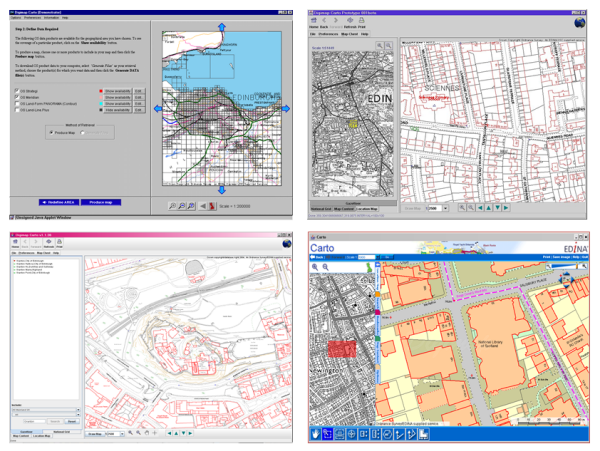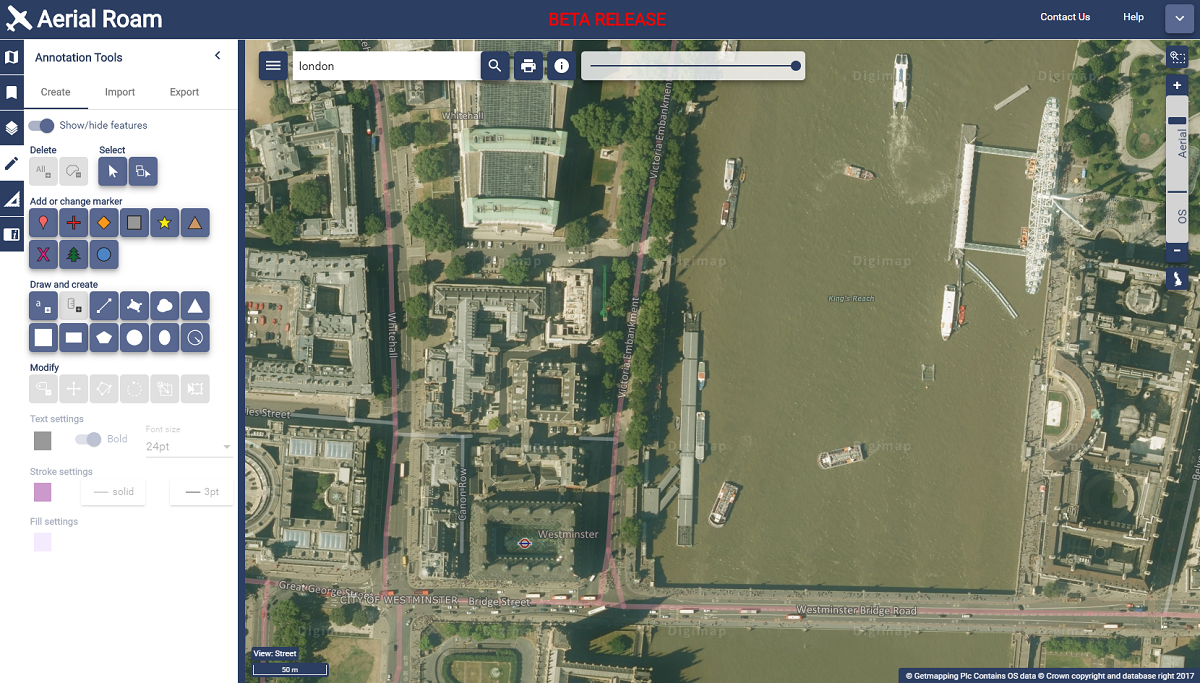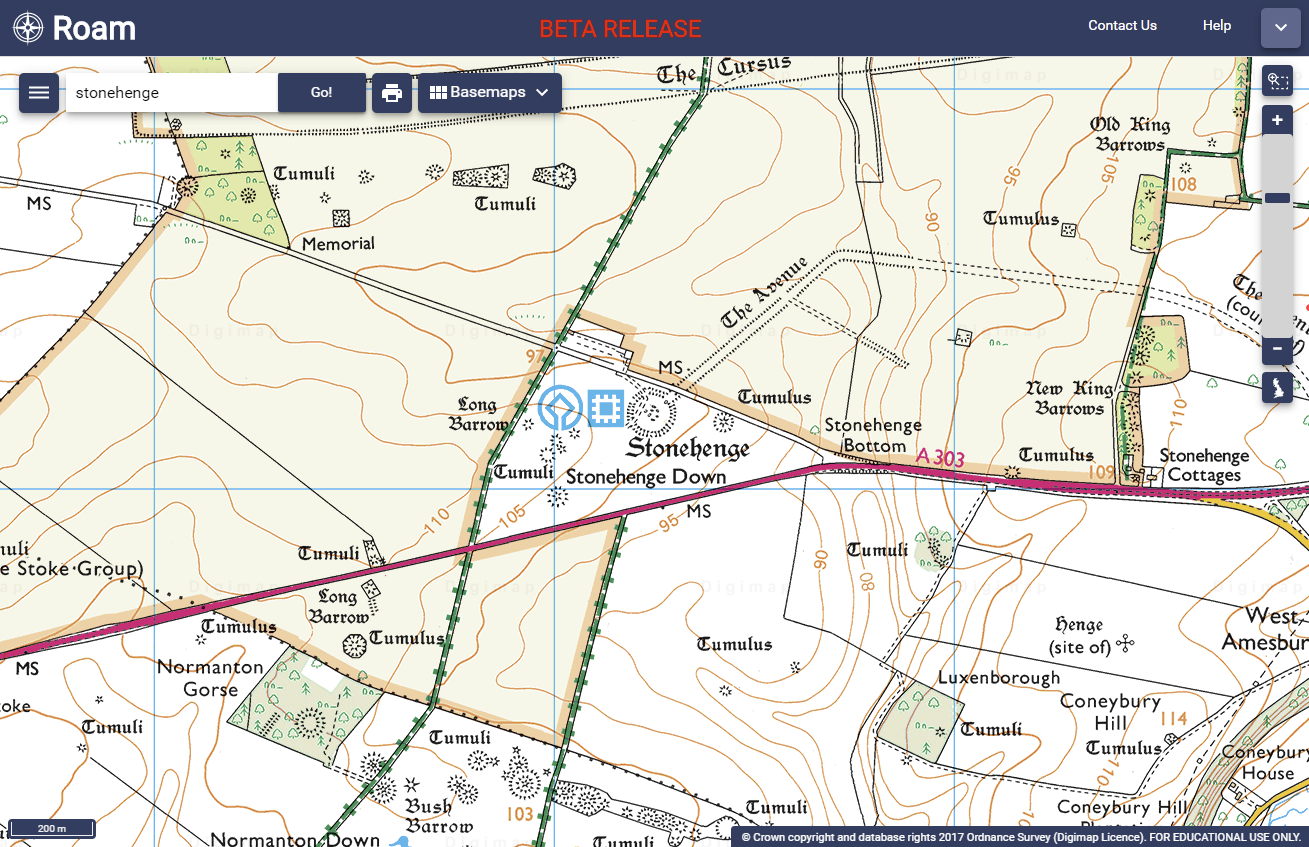 EDINA were delighted to co-host an event with King’s College London exploring the benefits of Digimap. We were joined by a full complement of staff and students from both King’s College and other neighbouring universities at the impressive Bush House, and would like to offer our warmest thanks to staff at King’s College for making the arrangements.
EDINA were delighted to co-host an event with King’s College London exploring the benefits of Digimap. We were joined by a full complement of staff and students from both King’s College and other neighbouring universities at the impressive Bush House, and would like to offer our warmest thanks to staff at King’s College for making the arrangements.
We heard two fascinating talks from Dr Stuart Dunn (KCL) and Dr Stuart Brookes (UCL). Dr Dunn talked about the identification and mapping of corpse roads by combining different types of data from a variety of sources, including historical texts and map data from Digimap. These ancient pathways exist in several areas of the country but their location is shrouded in the mists of folklore.
[iframe src=”//www.slideshare.net/slideshow/embed_code/key/dq6SxOZgmOp1a7″ width=”595″ height=”485″ frameborder=”0″ marginwidth=”0″ marginheight=”0″ scrolling=”no” style=”border:1px solid #CCC; border-width:1px; margin-bottom:5px; max-width: 100%;” allowfullscreen]
Dr Brookes gave a fabulous insight into how our reading of historical landscapes can explain and inform the development of our country today and how maps and spatial data play a key part in this analysis. Not only can this analysis explain the past but can also begin to predict future developments. In particular he demonstrated how spatial data has assisted in demonstrating how ancient roads have impacted the growth of modern day transport networks and urban areas.
[iframe src=”//www.slideshare.net/slideshow/embed_code/key/6ONUsHYVwa9Wn3″ width=”595″ height=”485″ frameborder=”0″ marginwidth=”0″ marginheight=”0″ scrolling=”no” style=”border:1px solid #CCC; border-width:1px; margin-bottom:5px; max-width: 100%;” allowfullscreen]
EDINA’s Director, Janet Roberts, gave a short talk about the value of Digimap and the use of data, highlighting particularly the importance of data skills to graduate employability and economic activity in both the short and medium term.
Both Dr Dunn and Dr Brookes have made use of a range of data from Digimap in their research and demonstrated the immense value that Digimap can bring to so many aspects of research and teaching. Having a wide range of data available in one place, with support available from EDINA, makes maps and map data easily accessible and usable for all staff and students from any discipline, novice and expert user alike.
This event was held in part to help broaden the use of Digimap at King’s College into more departments. There is a recognition that Digimap is a key resource at a high level at King’s College…
“An astonishing resource to have available which could be useful to all sorts of surprising research and teaching contexts across the faculty”
Professor Simon Tanner, Pro Vice Dean (Impact & Innovation), Arts & Humanities
… so we were very happy to do what we could to help. If you would like to showcase your own use of Digimap and promote the use of maps and spatial data throughout your institution, please get in touch (edina@ed.ac.uk). We look forward to co-hosting other similar events elsewhere.












